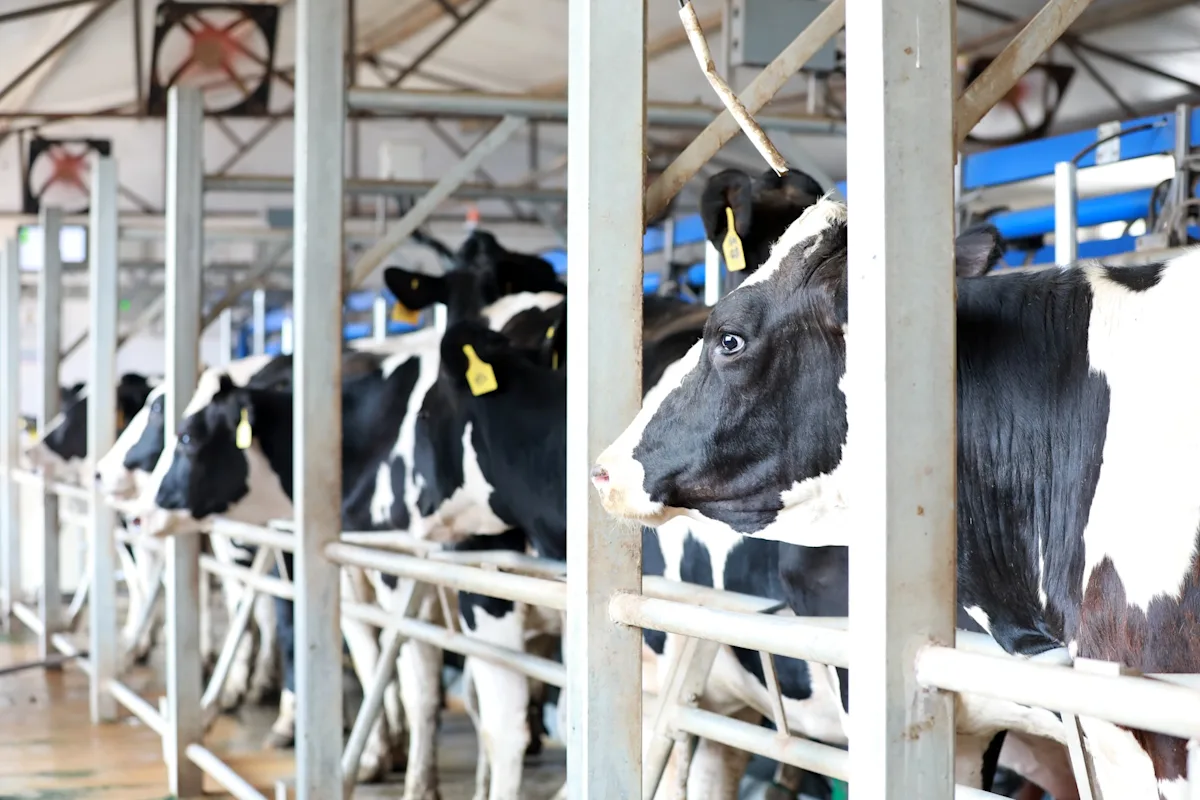South Carolina Dairy Farms Face Difficult Future: ‘Adapt or Sell,’ Warns Longtime Farmer
GREENVILLE COUNTY, S.C. — South Carolina’s once-thriving dairy farming community is shrinking fast, and for many longtime family farms, the options have become clear: adapt — or sell.
That’s the reality facing dairy farmers like Tom Trantham Jr., whose family has operated Happy Cow Creamery in Greenville County since 1978. Back then, there were around 500 family dairy farms in South Carolina. Today, there are just 18.
“There are almost 6 million people in this state and there are 18 dairy farms,” Trantham said. “You cannot feed all those people.”
Happy Cow Creamery: One of the Last Standing
The Trantham family runs one of the few generational dairy operations left in the Upstate. Nearly everything at their 130-acre farm is done in-house — from milking just under 100 cows to bottling milk and making ice cream with no artificial additives. Trantham and his family work alongside a small but dedicated crew, which he credits as essential to their survival.
Their journey hasn’t been without challenges. In the 1980s, an accidental breakthrough transformed their operation. When cows escaped their pen and began grazing in crop fields, Trantham’s father noticed a significant increase in milk production. This led to rotational grazing practices that reduced feed costs by 40%.
“My dad said, ‘I heard God tell me, Tom, follow them. Don’t lead them.’ So he followed the cows and learned what they wanted to eat and when,” Trantham said.
Market Pressures Squeeze Out Small Farms
Despite innovations like on-site bottling and agritourism, most small dairy farms have folded under pressure from industrial-scale operations. The modern dairy market favors massive farms with 2,000+ cows and tanker truck delivery systems.
The decision for many family farms comes down to two hard choices: continue working 80-hour weeks for little return — or sell off the land and walk away with cash.
And the financial toll is only getting worse. According to the University of Georgia’s Department of Agricultural and Applied Economics, milk production in South Carolina generated $1.4 billion in 2023, but rising operational costs have made profitability nearly impossible for smaller players.
Lack of Veterinarians Adds to the Burden
A dwindling supply of large animal veterinarians is another hurdle. Dr. Justin Martin of Martin Veterinary Services and his colleague Dr. Atticus Mabry, one of the few remaining vets in the Upstate serving farms, say most new graduates opt for companion animal clinics where the pay is better and the workload more predictable.
“There are very few doctors left doing that kind of stuff,” Mabry said. “It’s hard to recruit large animal vets when there’s so little support for that industry left.”
Without adequate vet support, not only dairy operations but also horse and beef cattle owners are left struggling to find care for their animals.
Looking Ahead: Tech and Tourism as Lifelines
To stay afloat, Happy Cow Creamery is preparing for its next evolution. In January 2026, construction will begin on a new, modern facility to replace its aging infrastructure. This facility will feature robotic automation to speed up milk production and increase efficiency.
In the meantime, the Tranthams continue building visibility with farm tours, on-site sales, and family engagement, hoping the connection between consumers and the farm will preserve what remains of South Carolina’s dairy legacy.
“We’ve eliminated the obstacles by investing in the future,” Trantham said. “We’re here to stay — and to show others it’s still possible.”
What do you think about the future of small farms in South Carolina? Should the state be doing more to support them?
Join the conversation and share your thoughts at saludastandard-sentinel.com







